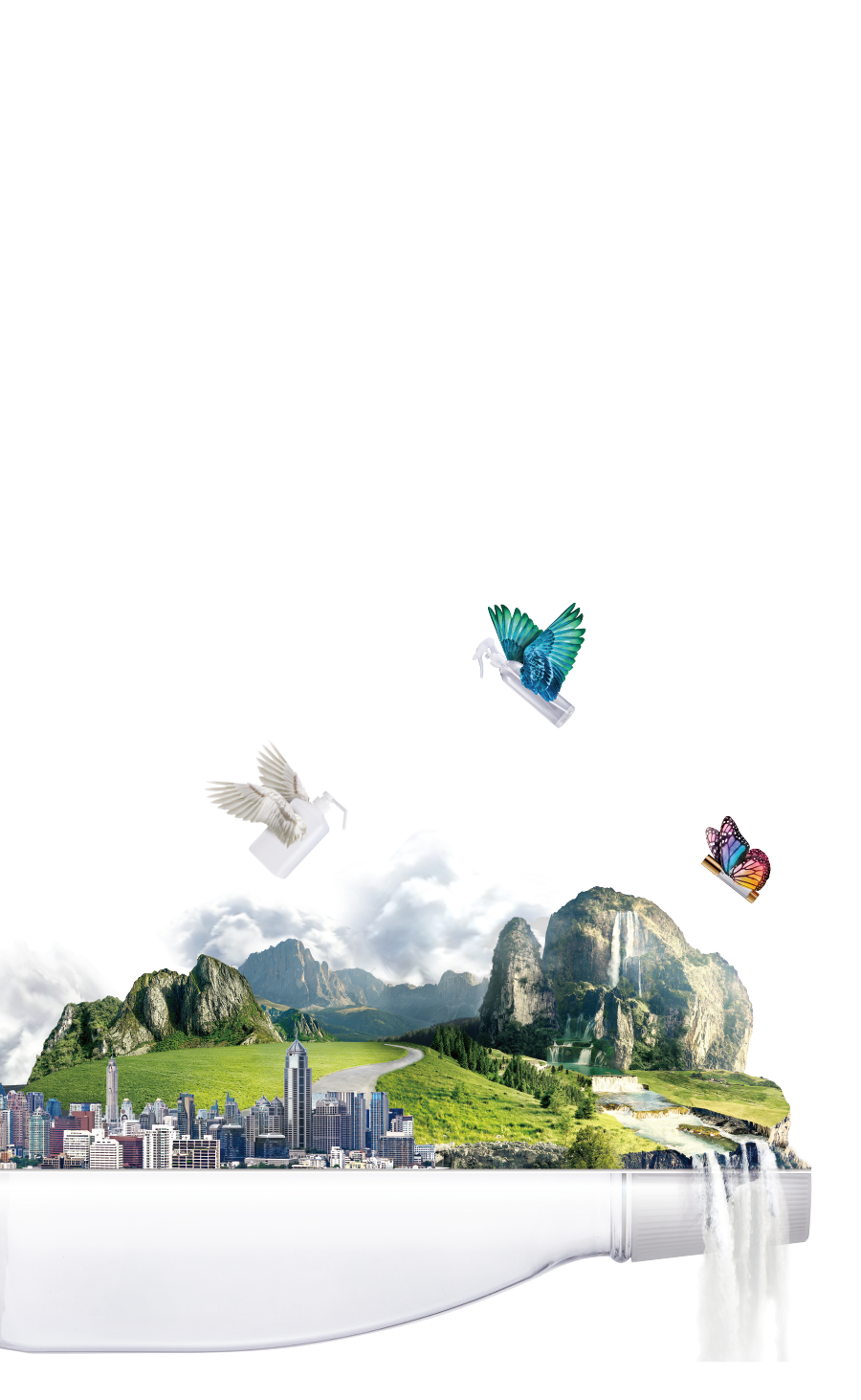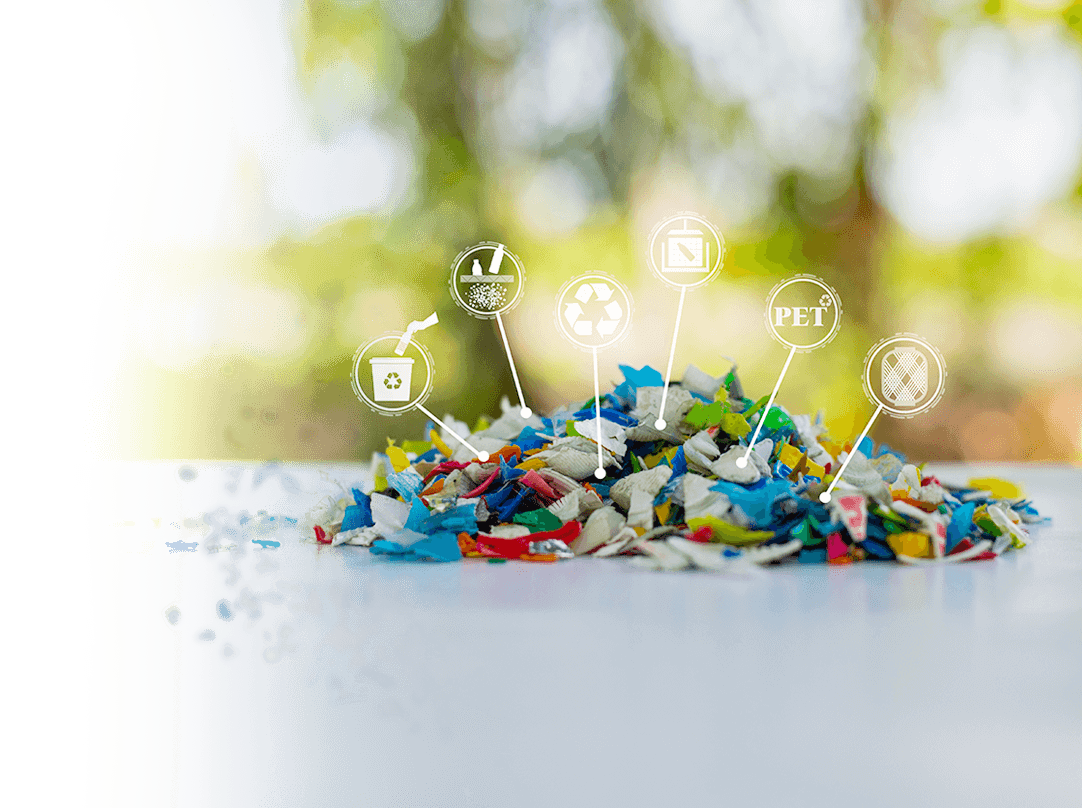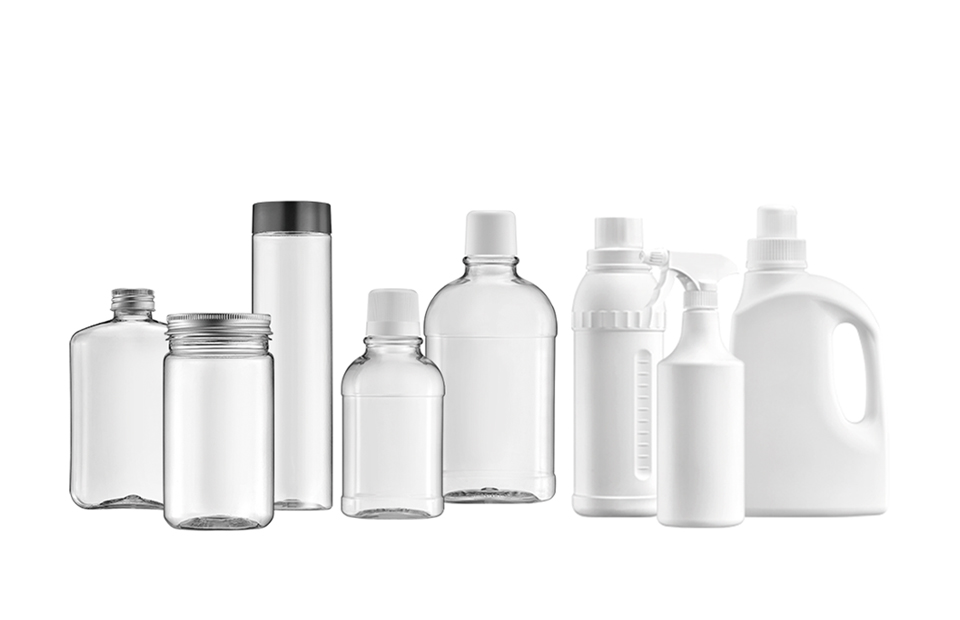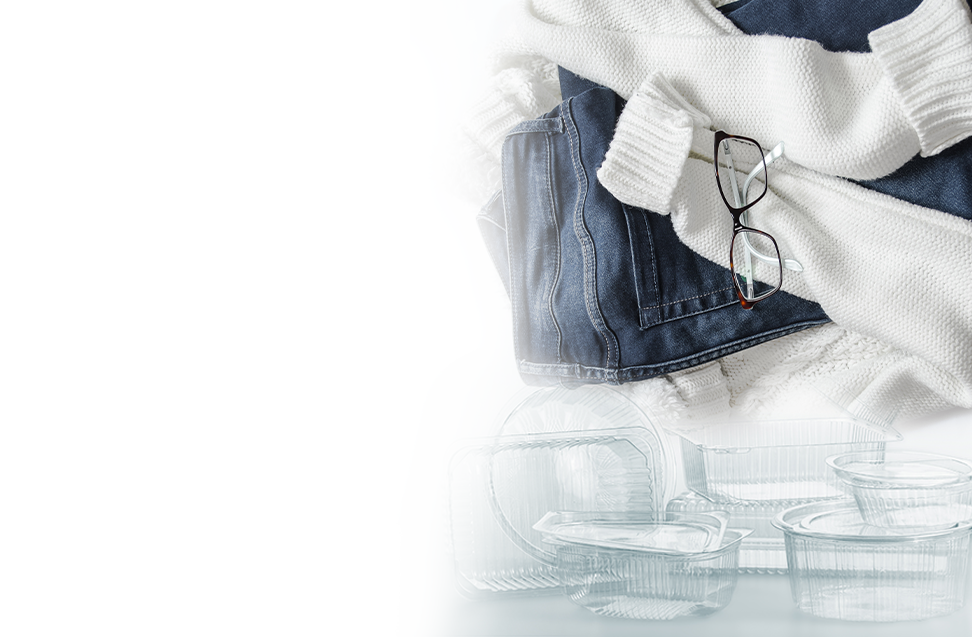Why Do We Develop PCR Packaging?
With the European Union’s 2050 carbon neutrality goal, countries around the world have started joining the global movement toward net-zero emissions and carbon reduction. Taiwan is also actively participating in this shift.
In the UK, the government has significantly increased the Plastic Packaging Tax (PPT) to £223.69 per tonne starting April 1, 2025, for packaging that contains less than 30% recycled content. This is a continued rise from £217.85 in 2024 and £200 in 2022. The tax applies to manufacturers or importers handling over 10 tonnes annually, with the clear aim of encouraging the use of Post-Consumer Recycled (PCR) materials by penalizing low-recycled-content packaging.
As a leading PCR plastic packaging manufacturer, Living Fountain provides ready solutions for the UK market. We offer plastic bottles, trigger sprayers, and dispensing pumps that include 30% or more PCR, ensuring full compliance with the UK tax exemption threshold.
Related Reading: How Choosing PCR Plastic Packaging Can Benefit Your Business.
PCR and Sustainability in Taiwan
In 2022, Taiwan’s Environmental Protection Agency held a draft discussion titled: "Promoting Recycled Plastic Products for Non-Food Contact". The meeting brought together manufacturers of cosmetics, detergent products, and recycled materials. A target was proposed to include at least 25% recycled content in packaging containers by 2025, increasing to 35% by 2030. This initiative aligns with Taiwan’s efforts toward sustainable development and net-zero carbon emissions.
Living Fountain also supports the Taiwan Renewable Energy Initiative, promoted by the Greenpeace Foundation. Aligned with the spirit of RE100, this program encourages companies to develop and use renewable energy while highlighting manufacturers who adopt PCR materials to produce green packaging.
The Role of Plastic: A Shift in Perspective
Plastic is light, durable, and widely used in packaging for household appliances, medical supplies, and other daily necessities. However, its low cost and accessibility have led to overuse and improper disposal, causing plastics to be seen as a major environmental threat.
This negative perception has prompted many environmental policies to ban plastic in favor of alternatives like paper products, which are not always more eco-friendly.
Rather than avoiding plastic altogether, we should focus on using better plastic materials. By choosing high-quality plastic, promoting reusability, extending product lifespan, and integrating materials back into the recycling system, we can reduce environmental impact effectively.
Our Commitment to Circular Plastic Economy
Through the promotion of PCR, Living Fountain is leading industry partners to join the green plastic recycling loop. Together, we strive to advance plastic justice transformation, raising public awareness of sustainable plastic use and driving forward the future of green packaging.






